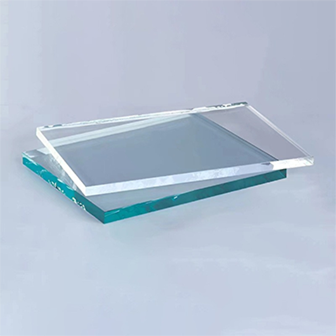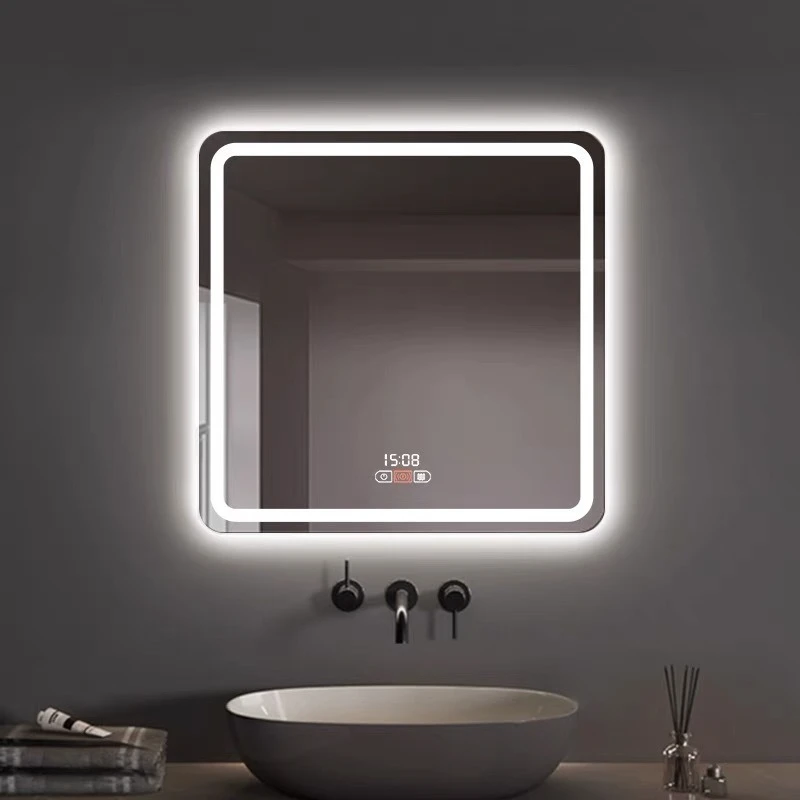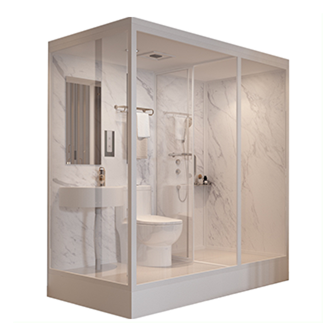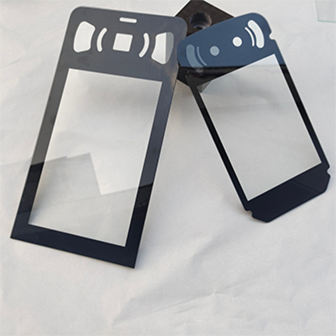Sep . 30, 2025 16:57 Back to list
The Structure of an Insulated Glass Unit
Insulated glass—including energy-efficient insulated double glazing and versatile insulated glass panels—is a cornerstone of modern energy-saving architecture, designed to reduce thermal transfer while maintaining natural light transmission. At its core, an insulated glass unit (IGU) consists of two or more glass sheets separated by a sealed air gap, creating a barrier that minimizes heat loss or gain. For wholesalers serving architects, construction firms, or window manufacturers, partnering with a manufacturer that masters IGU production is essential. SHAHE SHOTT GLASS Co., Ltd., a leader in precision glass processing, excels in this space: equipped with 45m-long tempering furnaces, PVB/EVA laminating lines, and precision cutting tools, they produce high-quality insulated glass, insulated double glazing, and insulated glass panels tailored to diverse architectural needs. Their one-stop processing solutions ensure wholesalers can deliver consistent, energy-efficient IGU products to clients.
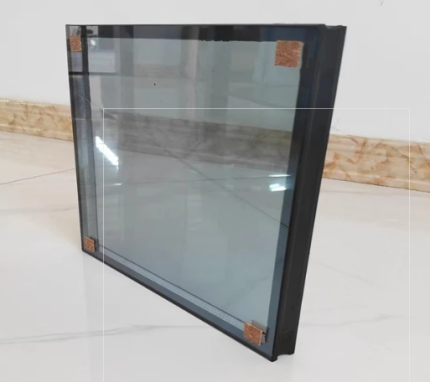
Core Structural Components of Insulated Glass
- Glass Layers for Insulated Double Glazing: The foundation of insulated glass lies in its glass layers—typically two sheets (for insulated double glazing) or three sheets (for triple glazing), chosen for durability and clarity. SHAHE SHOTT GLASS uses tempered or laminated glass for IGU production: tempered glass adds strength (resisting breakage from impacts or temperature changes), while laminated glass (with PVB/EVA interlayers) enhances safety (holding glass fragments together if broken). For example, insulated double glazing for a commercial high-rise might use 6mm tempered glass sheets, ensuring the IGU can withstand wind loads and harsh weather. SHAHE SHOTT GLASS’s precision cutting tools ensure glass sheets are perfectly sized, with smooth edges that fit seamlessly into the IGU frame—critical for maintaining the unit’s airtight seal.
- Spacer Bar and Air Gap for Insulated Glass Panels: A key structural element of insulated glass panels is the spacer bar—a thin, hollow frame that separates the glass layers and creates the sealed air gap. SHAHE SHOTT GLASS uses moisture-resistant spacer bars (often made of aluminum or warm-edge materials) filled with desiccant (to absorb moisture and prevent fogging inside the gap). The air gap (typically 6–20mm wide) is filled with dry air or inert gas (like argon), which further reduces thermal conductivity. For instance, insulated glass panels for cold climates might use a 12mm gap filled with argon gas, lowering U-values (a measure of thermal transfer) by 15–20% vs. air-filled gaps. SHAHE SHOTT GLASS’s strict quality control ensures the spacer bar is perfectly aligned, and the gap is uniformly sealed—preventing gas leakage or moisture intrusion that would compromise the IGU’s efficiency.
Sealing Systems for Insulated Glass
- Primary and Secondary Seals for Insulated Glass: To maintain the IGU’s airtightness, insulated glass relies on a two-step sealing system. SHAHE SHOTT GLASS first applies a primary seal (a butyl rubber strip) along the spacer bar’s edges, creating a moisture-tight barrier that adheres the spacer to the glass. This is followed by a secondary seal (polyurethane or silicone) that reinforces the bond, resists UV damage, and provides structural stability. For example, insulated double glazing for exterior windows uses a silicone secondary seal, which withstands temperature fluctuations (-40°C to 80°C) without cracking. This dual-seal system ensures the IGU remains airtight for 15–20 years, a key selling point for wholesalers targeting clients seeking long-term energy savings. SHAHE SHOTT GLASS’s automated sealing lines ensure uniform application of both seals, eliminating gaps that could lead to premature failure.
- Desiccant Integration for Insulated Glass Panels: A hidden but critical component of insulated glass panels is the desiccant—absorbent material inside the spacer bar that traps moisture and volatile organic compounds (VOCs). SHAHE SHOTT GLASS pre-fills spacer bars with high-quality desiccant (like molecular sieves) before assembly, ensuring the air gap remains dry. This prevents condensation or fogging between the glass layers (a common issue with poorly made IGUs) and protects the spacer bar from corrosion. For insulated glass used in humid climates, this desiccant layer is especially important—keeping the IGU clear and functional even in high-moisture environments. SHAHE SHOTT GLASS’s attention to desiccant quality ensures the IGU maintains its clarity and efficiency for decades, reducing maintenance costs for end-users.
Structural Advantages of Insulated Glass for Energy Efficiency
- Thermal Insulation for Insulated Double Glazing: The structure of insulated double glazing directly contributes to its thermal efficiency. The sealed air gap and glass layers create a barrier that reduces conductive and convective heat transfer: in winter, the gap traps warm air inside, minimizing heat loss to the outdoors; in summer, it blocks hot outdoor air from entering, lowering cooling costs. SHAHE SHOTT GLASS’s insulated double glazing typically achieves U-values of 1.8–2.8 W/(m²·K), far better than single-pane glass (U-value ~5.8 W/(m²·K)). For example, a home using insulated double glazing can reduce heating bills by 25–30% in winter, a key benefit for wholesalers targeting eco-conscious homeowners.
- Beyond thermal efficiency, insulated glass panels also provide effective noise reduction, making them suitable for urban environments. A standard IGU (e.g., 6mm + 12A + 6mm) can typically reduce outdoor noise by 30–32 dB, while using different glass thicknesses (such as 6mm + 8mm) or laminated glass layers can improve insulation further to 35–40 dB. For instance, in residential buildings near highways (≈70 dB traffic noise), a laminated insulated glass unit can bring interior noise down to about 40 dB, comparable to a quiet office. While argon filling mainly improves thermal performance, it also contributes slightly to sound damping. This balance of energy efficiency and sound insulation makes SHAHE SHOTT GLASS’s insulated glass panels attractive for wholesalers serving urban construction projects.
Insulated Glass FAQS
Can Insulated Glass Panels Be Customized to Different Sizes?
Yes— SHAHE SHOTT GLASS produces insulated glass panels in custom sizes, from small residential window units (600×900mm) to large commercial facade panels (3000×6000mm). Their 45m-long tempering furnace and Intermac cutting tables handle large glass sheets with precision, ensuring insulated glass panels fit clients’ exact dimensions. Wholesalers can submit size specifications, and SHAHE SHOTT GLASS’s one-stop processing line handles cutting, tempering, and assembly—simplifying bulk orders for custom projects.
How Long Does Insulated Double Glazing Last?
SHAHE SHOTT GLASS’s insulated double glazing has a typical lifespan of 15–20 years, thanks to its high-quality seals and materials. The dual-seal system (butyl + silicone) resists UV damage and moisture intrusion, while the desiccant prevents fogging. Proper installation (following SHAHE SHOTT GLASS’s guidelines) further extends lifespan—avoiding issues like seal failure from improper framing. For wholesalers, this long lifespan means fewer warranty claims and higher client satisfaction.
Is Insulated Glass Suitable for Curtain Wall Applications?
Absolutely— SHAHE SHOTT GLASS’s insulated glass panels are ideal for curtain wall systems. They produce large-format insulated glass with tempered or laminated layers, ensuring the panels can withstand wind loads and structural stress. For example, a commercial curtain wall might use 12mm tempered glass + 12mm air gap + 10mm tempered glass insulated panels, providing both energy efficiency and structural strength. SHAHE SHOTT GLASS’s precision manufacturing ensures panels have uniform thickness and flatness, fitting seamlessly into curtain wall frames.
What’s the Difference Between Air-Filled and Gas-Filled Insulated Glass?
Gas-filled insulated glass units (IGUs) offer better thermal efficiency than air-filled units. For example, a standard double-glazing unit (6mm + 12A + 6mm) with air has a U-value of about 2.8 W/m²·K, while argon filling typically reduces this to 2.6–2.7 W/m²·K (≈5–10% improvement). Krypton, with an even lower thermal conductivity, is often used in triple glazing, where it can reduce U-values further (≈15–20% improvement compared to air). Argon-filled IGUs are cost-effective and suitable for most cold-climate applications, while krypton-filled IGUs are chosen for premium projects seeking maximum energy savings. SHAHE SHOTT GLASS offers both air- and gas-filled options, enabling wholesalers to serve diverse climate needs without changing suppliers.
Can Insulated Glass Be Combined with Other Glass Treatments?
Yes— SHAHE SHOTT GLASS can integrate insulated glass with other treatments like low-emissivity (low-e) coatings or sandblasting. Low-e coatings (applied to the glass surface) reflect infrared heat, further improving energy efficiency; sandblasting adds privacy or decorative patterns. For example, a residential bathroom window might use insulated double glazing with a low-e coating and partial sandblasting—combining energy savings, privacy, and style. SHAHE SHOTT GLASS’s one-stop processing handles all treatments in-house, simplifying bulk orders for customized IGUs.
-
Types of Reflective Glass
NewsNov.17,2025
-
What Is Dichroic Glass?
NewsNov.17,2025
-
Smart LED mirrors can have touch controls
NewsNov.17,2025
-
Laminated glass improves energy efficiency
NewsNov.17,2025
-
Insulated glass enhances building comfort
NewsNov.17,2025
-
Acid etched glass offers elegant privacy
NewsNov.17,2025
Related PRODUCTS


